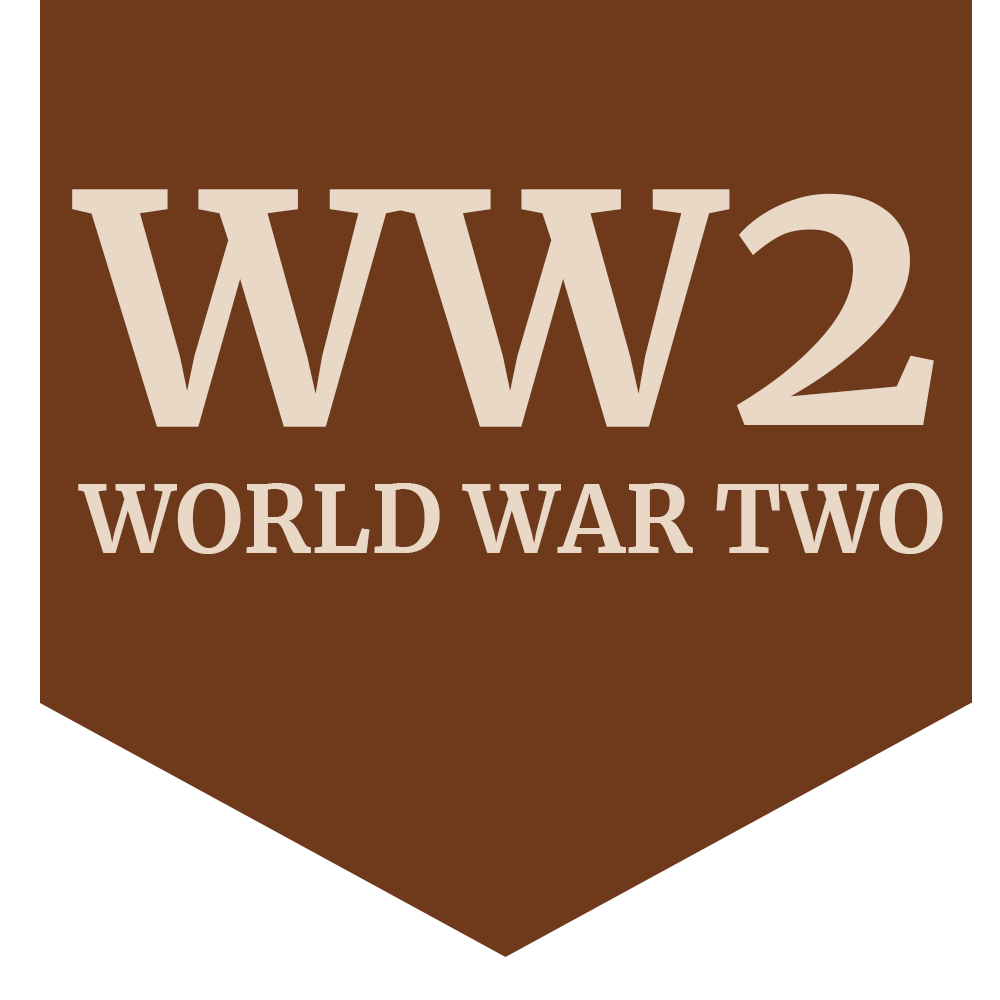
Kenneth Clifton Pattison
Kenneth Pattison was a cigarette maker in 1939.
- Family History
- Military history
- Extra information
- Photographs
He was the son of Clifton and Ellen (née Ellis) Pattison who in 1911 lived at 6, Carnarvon Road, West Bridgford, Nottingham. Their second son, Douglas, was born in 1916. Neill Gilhooley has documented three incidents from Pattison's pre-war life:As an eighteen year old in 1931 he and his friends, another boy and two girls, were fined 10 shillings for damaging hay and growing barley in Landmere Road, Ruddington. On practice laps at Donington Park circuit in 1936 prior to a motorcycle race, Pattison, riding a Norton, skidded on the wet surface at the hairpin bend and was picked up unconscious and with a broken shoulder. In 1937 he knocked over a pedestrian in his car on a very icy Arkwright Street, Nottingham near St Saviour’s church. Kenneth was the husband of Joan Irene (née Reddish) Pattison [married July 1939]. In 1939, they lived at 85, Radcliffe Road, West Bridgford along with Clifton and Ellen. Kenneth and Joan's daughter Jean was born in the spring of 1941 several months after her father's death.
RAFVR 611 SqdnKenneth Pattison joined the RAFVR on 11th November 1938 as an Airman u/t (under training) Pilot. Called up on 1st September 1939, he completed his training and converted to Spitfires at 7 OTU Hawarden. He joined 611 Squadron at Tern Hill on 23rd September 1940.This (abridged) account is by Neill Gilhooley (online): 'On the evening of 11th October 1940 Pattison flew his first and only combat sortie. 611 Squadron’s A Flight conducted a sweep of Anglesey whilst B Flight (including Pattison) furnished Blue Section to undertake a patrol at the Point of Ayr, the northernmost point of mainland Wales.Of six Dorniers, three each from 1 and 2 Staffeln, five were heading for aircraft factories at Crewe and Speke, each carrying six 50kg bombs and 300 incendiaries; the sixth was to attack Birkenhead. 611 Squadron were warned as the Dorniers passed the Scilly Isles as they were expected over Holyhead at 14,000 ft about 18:30.611 Sqdn A Flight Blue Section Leader was Flying Officer Barrie Heath, Blue 2 was Pattison flying Supermarine Spitfire IIa P7323 and Blue 3 Sergeant Robert Angus. They took off from Tern Hill at 17:45. Pattison was last seen turning late into combat. Heath and Angus returned to Tern Hill at 18:55. The squadron reported that the section scored "1 Do 17 probable. 1 Do 17 damaged." and Pattison and Angus were each subsequently credited a half share in bringing down an enemy aircraft. Four German airmen were killed.Pattison became lost on return from the sortie. He crash-landed at Cooksey Green Farm at 19:45. After a two-hour flight, including combat, he had probably run out of fuel. It is not known to what extent he was wounded by enemy fire and/or injured in the crash. He was admitted to Barnsley Hall Hospital, Bromsgrove in a critical condition and died two days later recorded as "died of injuries received in action."Pattison is buried at Nottingham Southern Cemetery (Wilford Hill), West Bridgford, Section 016 Grave 26. The service was given by his uncle, Reverend Edward Ellis of St. Barnabas Roman Catholic Cathedral, Nottingham.'
611 Sqdn RAF was formed at RAF Hendon, Middlesex on 10 February 1936 as a day bomber unit. The squadron set up its permanent base at RAF Speke (now Liverpool John Lennon Airport) on 6 May and began recruiting personnel from Liverpool and the surrounding area. Its first Hawker Hart light bombers arrived in June, being replaced by Hawker Hinds from April 1938.On 1 January 1939, the unit became a fighter squadron, receiving its first Supermarine Spitfire Mk.I's in May. The squadron left for RAF Duxford on 13 August, as part of the Fighter Command's 12 Group. After a period of defensive duties on the east coast, 611 became fully operational from its RAF Digby base in Lincolnshire in May 1940, firstly over Dunkirk and then taking part in the Battle of Britain with the Duxford Wing, 12 Group's 'Big Wing' formation. (Wikipedia)Forty-one pilots served with 611 Squadron during the Battle of Britain. Seven were killed and a further fourteen were lost later in the war. (Neill Gilhooley)Sources: Battle of Britain Memorial (bbm.org.uk), Neillgilhouley.com, Wikipedia and Royal Air Force Fighter Command Losses of the Second World War Vol 1 by Norman L FranksResearch by David Nunn





